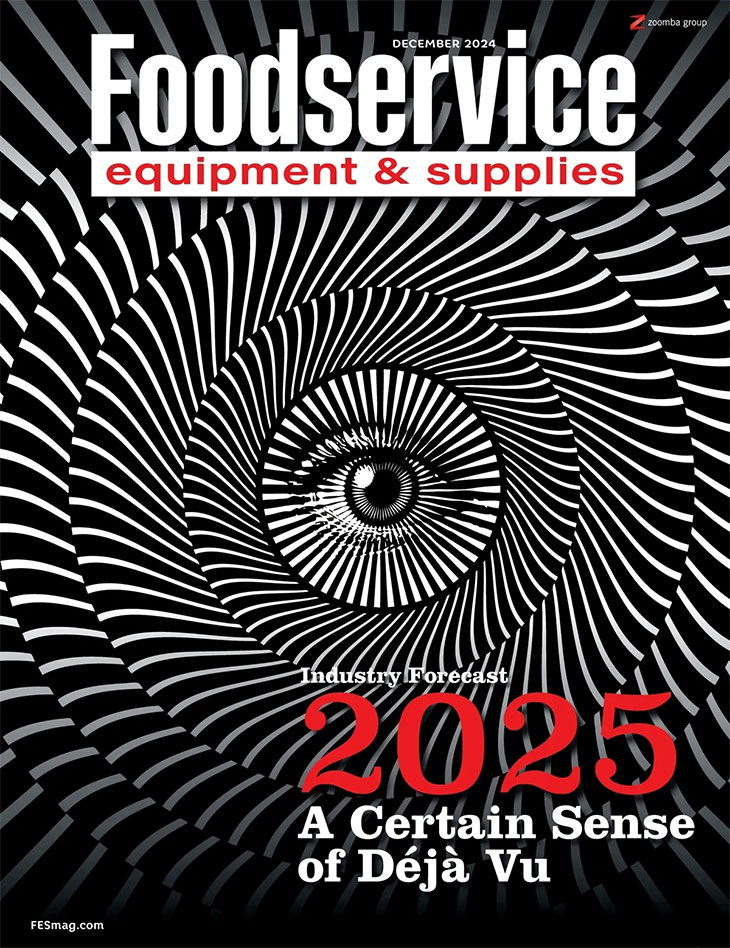Seems as if every foodservice design project today operates on a fast track. So how can design teams accomplish what used to take years in a matter of months? One seasoned foodservice consultant suggests a variety of steps including leveraging technology, improving communication and going back to the basics.
Despite the well-documented troubles some of the larger chains continue to experience, consumers’ appetites for burgers remain as strong as ever. The key to success in this crowded and competitive segment is an evolving menu that features high-quality ingredients, paired with a versatile equipment package that brings these flavors to life. Here we look at two operators who continue to accomplish this.
It’s a new year, and this year, a new dawn. The economy is the strongest it’s been in several years, the restaurant business continues to grow and that means foodservice designers are much busier than before. While many associations and research outlets like to release their picks for top trends in food and drink each year, here’s a look at three trends to think about as you set out to build your business in the coming year.
Warewashers — they’re the workhorses of the back of the house. They clean. They sanitize. And now they can even help lower energy consumption. Sure, you can specify a qualified energy-efficient model and call it a day, but more often than not, user error and maintenance neglects will cut into your energy- and water-saving potential over the long haul. So we asked Amin Delagah, project engineer and resident water guru for the Food Service Technology Center in San Ramon, Calif., to review some of the best practices for optimal performance and maintenance to maximize both energy and water for four main dishwasher types.
While much of the focus today centers on healthy eating for consumers, protecting foodservice workers’ health should be an important consideration for operators across all industry segments.
While other segments of the restaurant industry remain in take-share mode, fine dining continues to enjoy a period of growth. Here we explore the impetus behind the success of two fine-dining concepts:
Planned maintenance. Preventative maintenance. To many foodservice operators, the two are one and the same. But to foodservice equipment repair agencies, the phrases have very different meanings that should matter to those who run a kitchen.
It’s human nature to want to compartmentalize into clear categories: black and white, yes and no, energy efficient or energy draining. Unfortunately, kitchens and restaurant operations are more complex than that, and while it’s easy to want to simply follow labels or certain messaging, finding the most truly efficient, waste-saving or sustainable path requires some extra research and due diligence to determine what’s truly green, not just on the surface.
Legendary Hospitality with a Softer Carbon Footprint
Tech companies continue to generate public attention with their innovative devices and apps. Today, though, they also make headlines for their innovative foodservice designs aimed to boost employee productivity and loyalty. Here we share a few lessons and trends from the tech segment that can impact foodservice designers regardless of what industry segment they are working on.
Driven by consumers’ interest in culinary ?exploration and desire to eat more healthful foods, Mediterranean restaurants remain one of the most intriguing operator segments in the foodservice industry. Here we explore how several operators continue to keep this segment fresh.
Developing solid working relationships with each and every member of the supply chain can help foodservice design projects progress smoothly. In this article, consultant Sean King outlines five ways he uses reps to the advantage of his projects and foodservice operator clients.
For many foodservice operators, the holiday season is one of the most profitable times of the year.




